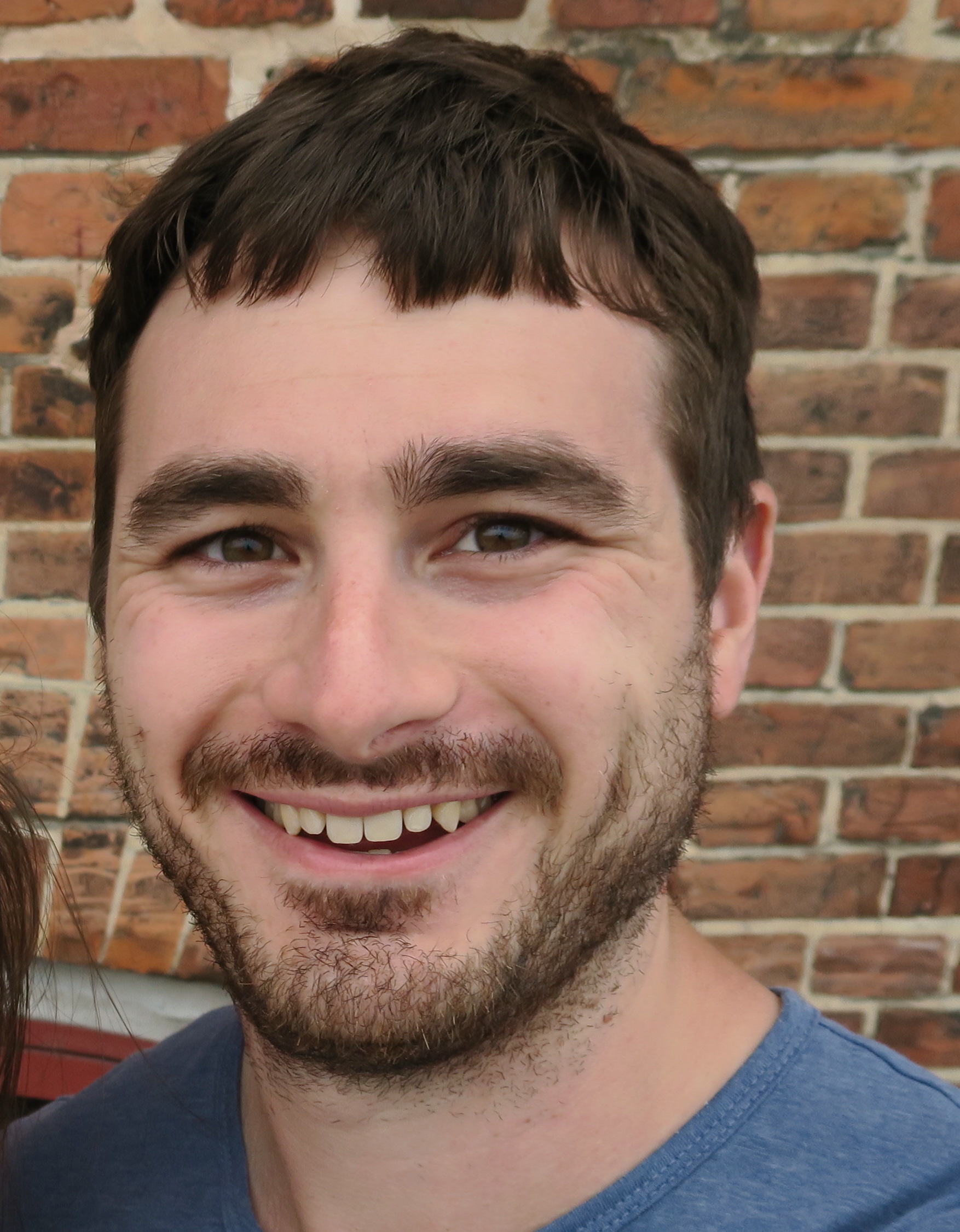
Understanding the complex behavior of defects in chalcogenide semiconductors such as CIGS (Cu(In,Ga)Se$_2$) poses a fundamental challenge to their efficient application as absorber layers in cost-effective, thin film solar cells. While significant progress has been made in using density functional theory to probe defect structures, a complete picture of defects in CIGS has been elusive. To this end, my research employs first-principles numerical modeling to study the electronic and mechanical structure of defects in CIGS. In particular, I am interested in understanding the effects that extrinsic impurities and extended defect structures, such as grain boundaries, have on device behavior. In a broader sense, this involves the question of how one accounts for randomness and disorder in modeling realistic semiconductor compounds, and in this direction significant and interesting challenges remain. Insights from numerical modeling have the potential to play a crucial role in the fabrication of efficient thin film photovoltaic devices
Advisor: Scott Dunham



